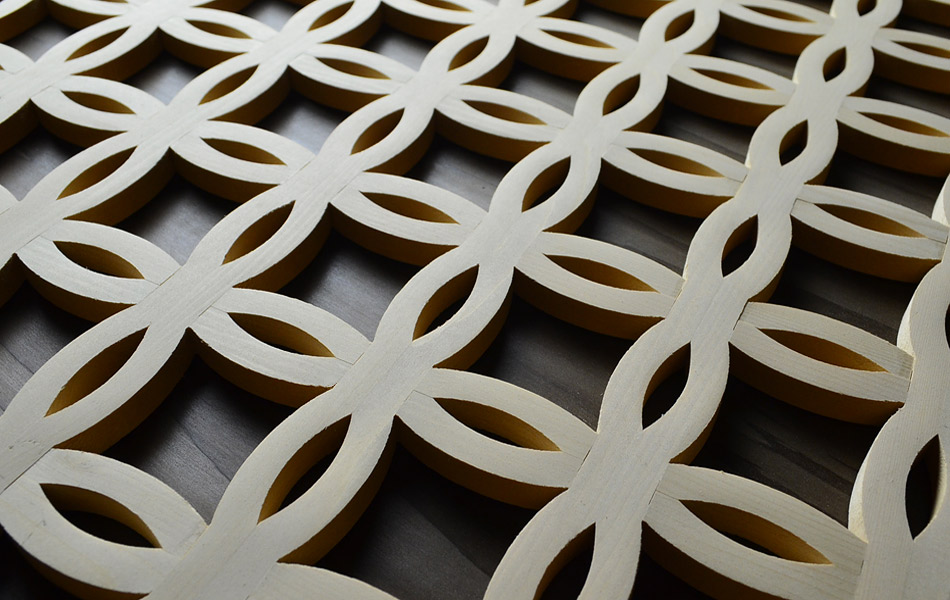
A few weeks ago we introduced you to the world of traditional Japanese woodwork, a technique that uses no nails or hardware, just precise joints, to keep furniture and even buildings together. This technique is also used to create intricate, wooden, functional artwork, known as kumiko, which is used within Japanese style-rooms to create a stunning atmosphere.
The traditional handicraft has been passed down for centuries, however, the trade is sadly dying out. In response, artisans are taking the age-old concept and applying the designs to more modern-day household items, such as chairs and lampshades. The results are nothing short of exquisite!
According to Tanihata Co., a kumiko workshop in Toyama Prefecture, kumiko has been around since the Asuka era (600-700 AD). The craft was originally used almost exclusively for sliding doors, room dividers and ramma (the decorative wooden piece above many doors in traditional Japanese buildings). While providers like Tanihata still make these products, modernization has brought a decrease in demand for such traditional room components, so craftsmen are broadening their horizons.
▼ Ramma, the decorative section above doors and walls
Regardless of what they are making, the time and care put into each piece never changes. If you thought making buildings and furniture in the traditional Japanese style was painstaking, prepared to be wowed.
Just like furniture-makers, kumiko artists are very particular about the wood they use. While, it’s easier to use mass-produced particle board, you lose the ability to be as precise, the elegant atmosphere of real wood, and of course, the great smell! When choosing wood, they prefer to use that of coniferous trees, namely cedar and cypress, because they grow straight and the wood has a high-quality fine grain.
▼ Kumiko is often made of wood from tall, thin, Japanese cypress trees.
Once the wood is picked out, cut and planed, they make the frame for the piece, whether it be a coaster or a ceiling lampshade. Next comes the difficult and intricate part of the process, which makes kumiko what it is. Hundreds of small pieces of wood are thinly sliced and shaved with a variety of tools, such as old-fashioned knives and saws, plus new machinery too. These tiny pieces have to be precisely cut down to the micron (1/1000 mm) or they won’t fit together perfectly! Once cut, the pieces are carefully assembled by being slid into place in an elaborate design within the frame.
▼ A variety of machinery and hand-tools are used to make and assemble the delicate pieces.
The designs for kumiko pieces aren’t chosen randomly. In fact, many of the nearly 200 patterns used today have been around since the Edo era (1603-1868). Each design has a meaning or is mimicking a pattern in nature that is thought to be a good omen. The designs are not just pretty, they also distribute light and wind in a calming and beautiful way.
▼ The Shippou design. In Buddhist scripture, shippou refers to a set of treasures (which includes gold, silver, lapis lazuli, quartz, coral and agate), and the never-ending, circular design represents harmony.
▼ The goma design is suggestive of nutritional and abundant sesame flowers, which are thought to promote longevity. This design is often used for ramma.
▼ Sanjyu-hifu is a design that utilizes thin strips to create diamond shapes. It’s thought to mimic very fertile water plants, a good omen for prosperous offspring and good health. With this is mind, sanjyu-hifu is often used in hotels and wedding halls.
▼ The Asanoha pattern takes after the hemp leaf. Hemp plants are known for growing quickly and straight-up, as well as for being sturdy plants. For this reason, the design has come to be used commonly with baby clothes too.
▼ These are some of the more common designs.
As we mentioned earlier, artisans are turning their focus to bringing their trade to the modern world, while still sticking with the traditional roots of kumiko. With this in mind, they have been creating beautiful art that can be used on a daily basis in any home.
▼ What a beautiful casing for a ceiling light.
▼ You can even get kumiko chairs!
▼ This lamp makes really cool shadows!
▼ It kind of has a disco-ball feel.
Due to the drop in demand for traditional Japanese interior decoration, such as ramma, the kumiko trade has also seen a decrease in the number of young craftsmen. But hopefully, with the technique being applied to modern living, more young people will step up to the challenge and carry on this intricate and beautiful craft for future generations.
Source: Naver Matome, TanihataImages: Tanihata (1, 6, 7, 8, 9); Yoshihara Woodworks (2, 3, 10); Wikimedia Commons (陳炬燵 4 ), Kinoshita Mokugei (5); Musabi (11); Interior-is (12); Y-brand (13)


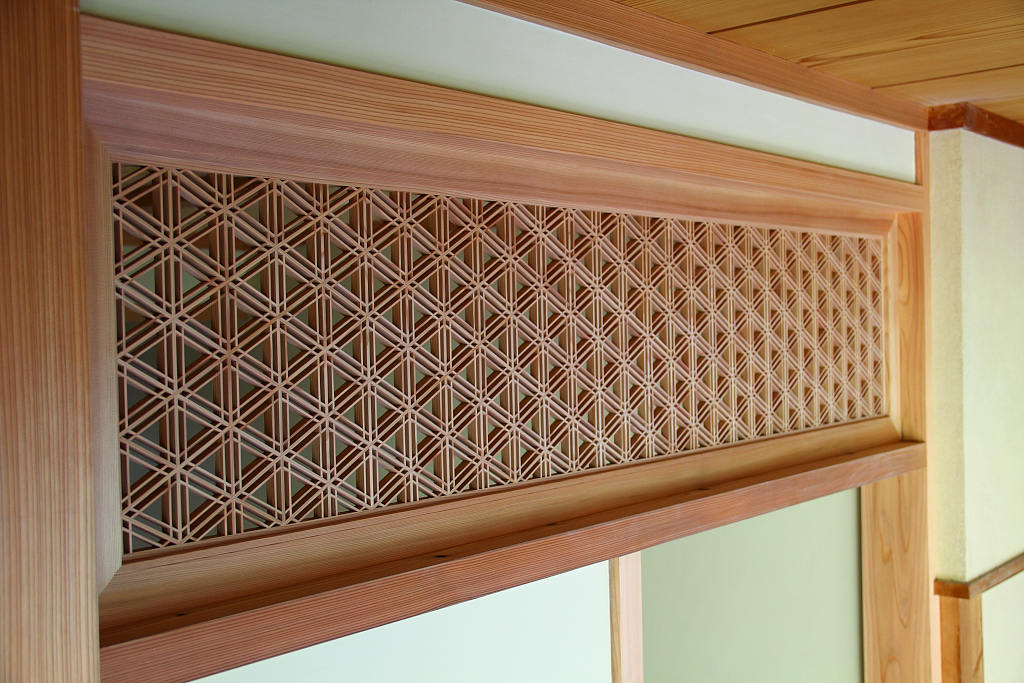


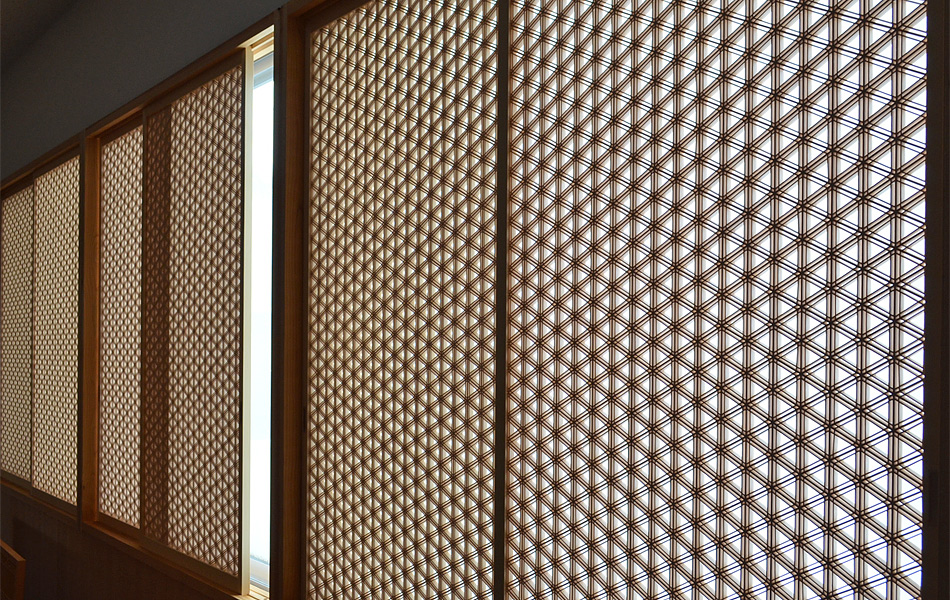
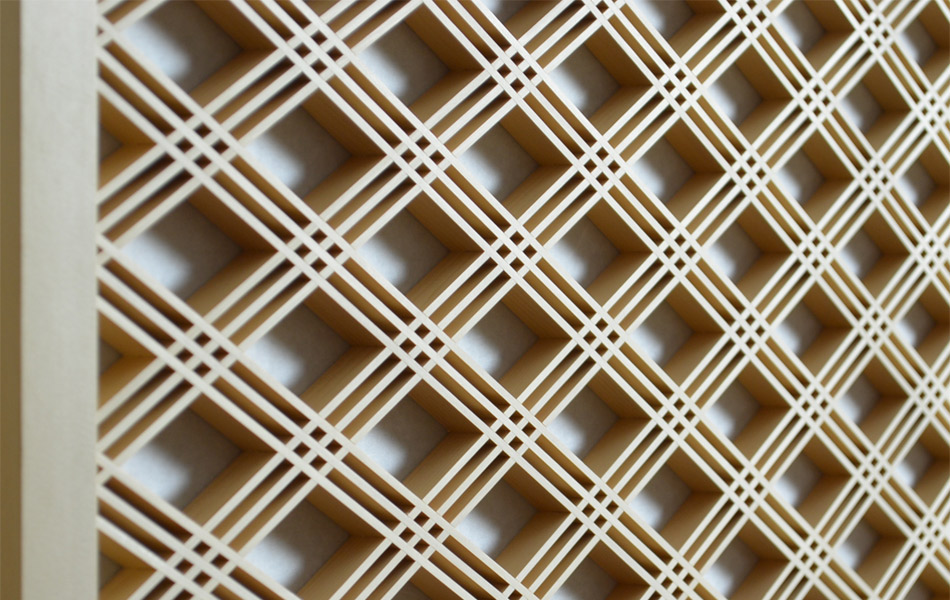
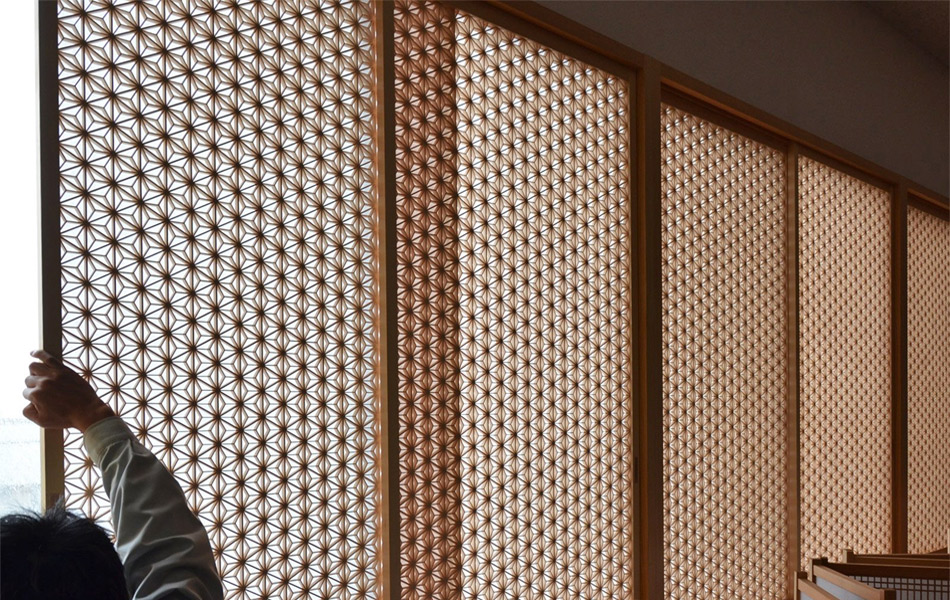
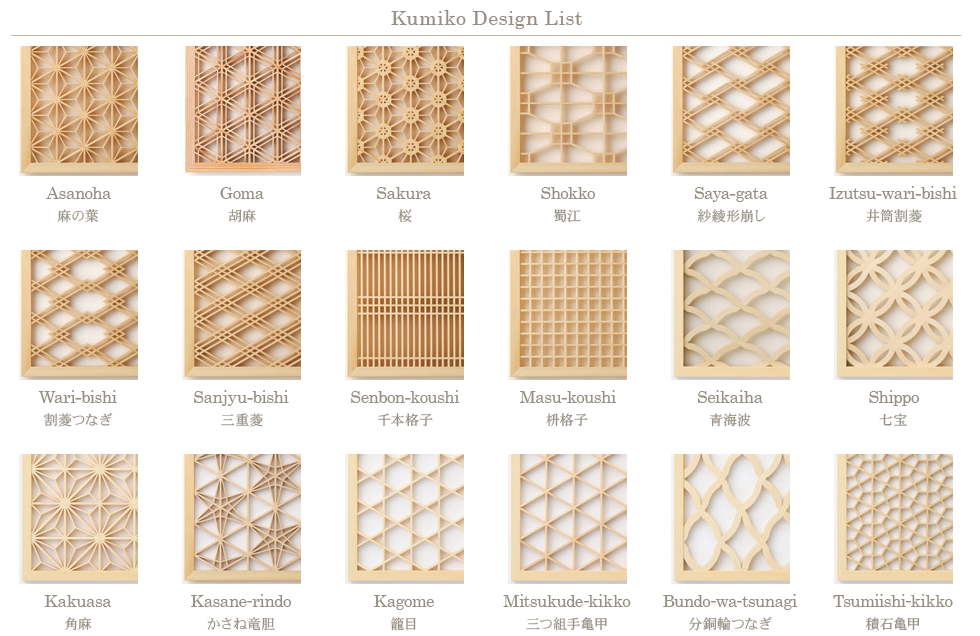


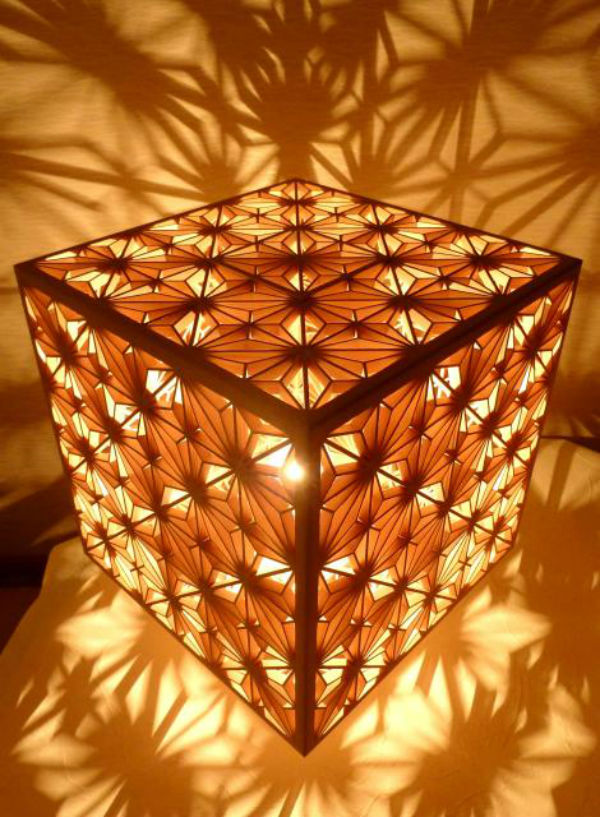
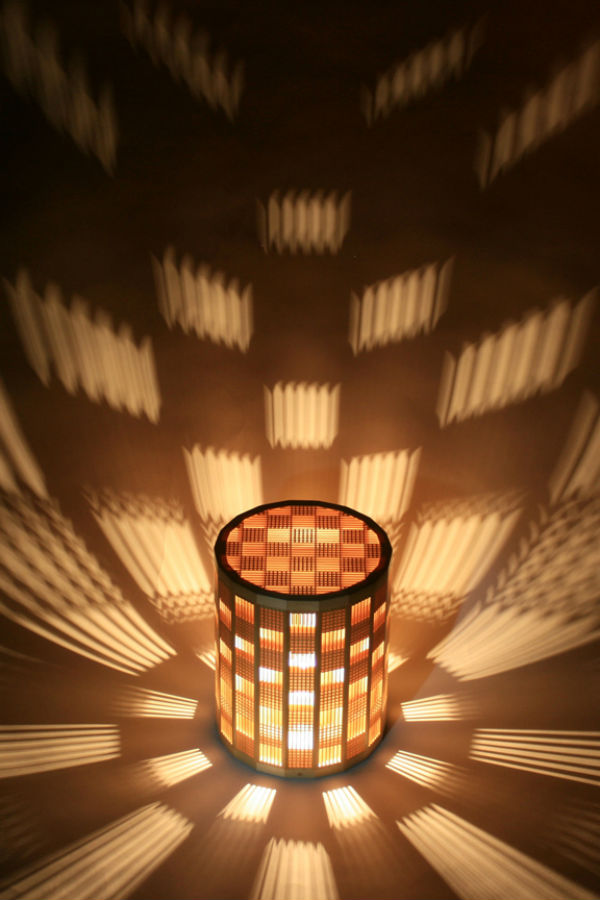
 Japanese rokushigake temple architecture for your living room: The no-nail Masugumi table
Japanese rokushigake temple architecture for your living room: The no-nail Masugumi table The ancient Japanese textile craft made with jagged fingernails
The ancient Japanese textile craft made with jagged fingernails Yosegi wood craft — amazing in its beautiful simplicity and precision!
Yosegi wood craft — amazing in its beautiful simplicity and precision! Chinese artisans use traditional foot-powered lathe to craft beautiful wooden bowls【Video】
Chinese artisans use traditional foot-powered lathe to craft beautiful wooden bowls【Video】 Japanese carpenters demonstrate traditional wooden joints and it’s oddly satisfying 【Video】
Japanese carpenters demonstrate traditional wooden joints and it’s oddly satisfying 【Video】 McDonald’s new Happy Meals offer up cute and practical Sanrio lifestyle goods
McDonald’s new Happy Meals offer up cute and practical Sanrio lifestyle goods Studio Ghibli glasses cases let anime characters keep an eye on your spectacles
Studio Ghibli glasses cases let anime characters keep an eye on your spectacles Super Nintendo World expansion gets delayed for several months at Universal Studios Japan
Super Nintendo World expansion gets delayed for several months at Universal Studios Japan All-you-can-drink Starbucks and amazing views part of Tokyo’s new 170 meter-high sky lounge
All-you-can-drink Starbucks and amazing views part of Tokyo’s new 170 meter-high sky lounge Starbucks reopens at Shibuya Scramble Crossing with new look and design concept
Starbucks reopens at Shibuya Scramble Crossing with new look and design concept Arrest proves a common Japanese saying about apologies and police
Arrest proves a common Japanese saying about apologies and police More foreign tourists than ever before in history visited Japan last month
More foreign tourists than ever before in history visited Japan last month The oldest tunnel in Japan is believed to be haunted, and strange things happen when we go there
The oldest tunnel in Japan is believed to be haunted, and strange things happen when we go there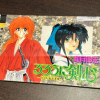 Creator of Rurouni Kenshin manga/anime avoids jail time in child pornography possession case
Creator of Rurouni Kenshin manga/anime avoids jail time in child pornography possession case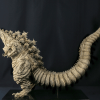 Godzilla figure based on Shin Godzilla CG model is stunningly detailed, shockingly expensive
Godzilla figure based on Shin Godzilla CG model is stunningly detailed, shockingly expensive Disney princesses get official manga makeovers for Manga Princess Cafe opening in Tokyo
Disney princesses get official manga makeovers for Manga Princess Cafe opening in Tokyo Beautiful new Final Fantasy T-shirt collection on the way from Uniqlo【Photos】
Beautiful new Final Fantasy T-shirt collection on the way from Uniqlo【Photos】 Is the new Shinkansen Train Desk ticket worth it?
Is the new Shinkansen Train Desk ticket worth it? Foreign English teachers in Japan pick their favorite Japanese-language phrases【Survey】
Foreign English teachers in Japan pick their favorite Japanese-language phrases【Survey】 Japanese convenience store packs a whole bento into an onigiri rice ball
Japanese convenience store packs a whole bento into an onigiri rice ball We try out “Chan Ramen”, an underground type of ramen popular in the ramen community
We try out “Chan Ramen”, an underground type of ramen popular in the ramen community Studio Ghibli releases Kiki’s Delivery Service chocolate cake pouches in Japan
Studio Ghibli releases Kiki’s Delivery Service chocolate cake pouches in Japan Japan’s bone-breaking and record-breaking roller coaster is permanently shutting down
Japan’s bone-breaking and record-breaking roller coaster is permanently shutting down New definition of “Japanese whiskey” goes into effect to prevent fakes from fooling overseas buyers
New definition of “Japanese whiskey” goes into effect to prevent fakes from fooling overseas buyers Our Japanese reporter visits Costco in the U.S., finds super American and very Japanese things
Our Japanese reporter visits Costco in the U.S., finds super American and very Japanese things Studio Ghibli unveils Mother’s Day gift set that captures the love in My Neighbour Totoro
Studio Ghibli unveils Mother’s Day gift set that captures the love in My Neighbour Totoro Foreign passenger shoves conductor on one of the last full runs for Japan’s Thunderbird train
Foreign passenger shoves conductor on one of the last full runs for Japan’s Thunderbird train Domino’s Japan now sells…pizza ears?
Domino’s Japan now sells…pizza ears? New Japanese KitKat flavour stars Sanrio characters, including Hello Kitty
New Japanese KitKat flavour stars Sanrio characters, including Hello Kitty Kyoto creates new for-tourist buses to address overtourism with higher prices, faster rides
Kyoto creates new for-tourist buses to address overtourism with higher prices, faster rides Sales of Japan’s most convenient train ticket/shopping payment cards suspended indefinitely
Sales of Japan’s most convenient train ticket/shopping payment cards suspended indefinitely Sold-out Studio Ghibli desktop humidifiers are back so Totoro can help you through the dry season
Sold-out Studio Ghibli desktop humidifiers are back so Totoro can help you through the dry season Japanese government to make first change to romanization spelling rules since the 1950s
Japanese government to make first change to romanization spelling rules since the 1950s Ghibli founders Toshio Suzuki and Hayao Miyazaki contribute to Japanese whisky Totoro label design
Ghibli founders Toshio Suzuki and Hayao Miyazaki contribute to Japanese whisky Totoro label design Doraemon found buried at sea as scene from 1993 anime becomes real life【Photos】
Doraemon found buried at sea as scene from 1993 anime becomes real life【Photos】 Tokyo’s most famous Starbucks is closed
Tokyo’s most famous Starbucks is closed One Piece characters’ nationalities revealed, but fans have mixed opinions
One Piece characters’ nationalities revealed, but fans have mixed opinions We asked a Uniqlo employee what four things we should buy and their suggestions didn’t disappoint
We asked a Uniqlo employee what four things we should buy and their suggestions didn’t disappoint Princesses, fruits, and blacksmiths: Study reveals the 30 most unusual family names in Japan
Princesses, fruits, and blacksmiths: Study reveals the 30 most unusual family names in Japan Crowdfunding success for handmade formalwear masks in samurai’s favorite color
Crowdfunding success for handmade formalwear masks in samurai’s favorite color Let beautiful Japanese patterns bloom in your shoes with these insoles from REGALERIA!
Let beautiful Japanese patterns bloom in your shoes with these insoles from REGALERIA! New hemp mascot character Asamiko-chan appears in Japan
New hemp mascot character Asamiko-chan appears in Japan Whisky worship: Kyoto craftsmen make prayer beads out of Japanese whisky barrels
Whisky worship: Kyoto craftsmen make prayer beads out of Japanese whisky barrels Samurai parkas for men feature traditional washi Japanese paper details
Samurai parkas for men feature traditional washi Japanese paper details You must love dogs or cats if you decide to use these new house name plates
You must love dogs or cats if you decide to use these new house name plates Looking to make your PlayStation 4 stylish and unique? This real wood case may be just the thing!
Looking to make your PlayStation 4 stylish and unique? This real wood case may be just the thing! Disney meets classic Japan — see your favorite characters reborn as traditional Japanese crafts!
Disney meets classic Japan — see your favorite characters reborn as traditional Japanese crafts! Toyota’s wooden concept car serves as a time capsule for generations to come
Toyota’s wooden concept car serves as a time capsule for generations to come Sweet suspense: Japanese craftsman uses giant brush to fill in detailed ceramic patterns【Video】
Sweet suspense: Japanese craftsman uses giant brush to fill in detailed ceramic patterns【Video】 A week’s work on a Tibetan sand mandala, captured in eight mesmerizing minutes of video
A week’s work on a Tibetan sand mandala, captured in eight mesmerizing minutes of video Lexus pays homage to its Japanese workers by building a driveable origami car out of cardboard
Lexus pays homage to its Japanese workers by building a driveable origami car out of cardboard Gorgeous traditional Japanese chest of drawers is also a rolling suitcase 【Video】
Gorgeous traditional Japanese chest of drawers is also a rolling suitcase 【Video】 Surprisingly simple and fast process of hand-lettering store’s name on glass awes net users
Surprisingly simple and fast process of hand-lettering store’s name on glass awes net users Natural sounds: Stunning Kyoto-made speakers are made from 30-year-old Japanese cedar
Natural sounds: Stunning Kyoto-made speakers are made from 30-year-old Japanese cedar “Hyakunen Brush” promises your face a luxurious, tea ceremony-like frothy wash
“Hyakunen Brush” promises your face a luxurious, tea ceremony-like frothy wash
Leave a Reply